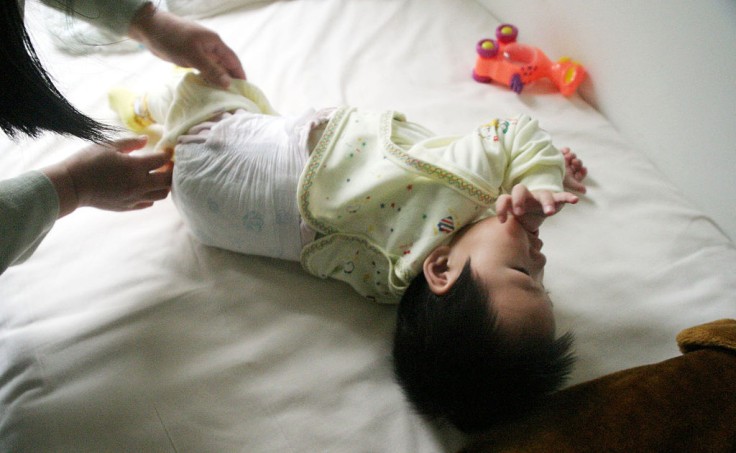
Making the switch to cloth diapers can be a big decision for new parents. Driven by environmental concerns, health considerations, or cost savings, more and more families are choosing cloth diapers over disposables. However, navigating this new territory can be daunting.
This article aims to provide helpful tips and tricks for parents considering or beginning their journey with cloth diapers.
Understanding Cloth Diapers
Cloth diapers have come a long way from safety pins and squares of terry cloth. Today, they come in various styles, materials, and designs, making them more user-friendly and effective. Understanding the different types of cloth diapers is the first step.
- Prefolds and Flats: These are the traditional cloth diapers that require folding and use with a waterproof cover.
- Fitted Diapers: These are contoured and elasticized but still require a cover.
- Pocket Diapers: These have a pocket for inserting absorbent pads and are a popular choice for their ease of use.
- All-in-Ones (AIOs): These are the most disposable, with no separate cover or inserts needed.
Getting Started with Cloth Diapers
- Start Small: Begin with a small collection of different types to see what works best for your baby and your lifestyle.
- Build a stash: Once you know your preference, gradually build up a stash. You'll need around 20-24 diapers for full-time use.
- Choose the Right Size: Ensure the diapers fit well to prevent leaks. Many cloth diapers come in adjustable sizes to grow with your baby.
Tips for Successful Cloth Diapering
- Establish a Routine: Find a washing routine that works for you. Most parents wash their cloth diapers every 2-3 days.
- Proper Washing: Use a gentle, baby-friendly detergent and avoid fabric softeners, which can decrease absorbency.
- Drying: Line drying can extend the life of your diapers, but many can also be tumble dried on low.
- Dealing with Solids: Once your baby starts solids, you'll need to dispose of solid waste before washing the diapers. Liners can be helpful for this.
- Storage: Have a designated place to store dirty diapers, like a diaper pail or wet bag, until wash day.
Benefits of Cloth Diapering
- Cost-effective: While the initial investment is higher, cloth diapers can be more economical in the long run, especially if used for multiple children.
- Eco-Friendly: Cloth diapers reduce landfill waste and environmental impact compared to disposables.
- Gentle on Skin: They are often more breathable and free of chemicals found in some disposables, which is better for sensitive skin.
- Cute and Fun: Cloth diapers come in a variety of colors and patterns, adding a bit of fun to diaper changes.
Overcoming Challenges
- Leak Prevention: Ensure a proper fit and consider double-stuffing diapers at night or during long outings.
- Traveling with Cloth: For short trips, consider a hybrid approach with disposable liners. For longer trips, research local laundry facilities.
- Handling Skepticism: Be prepared for mixed reactions from family and friends. Stick to your decision and share the benefits you've experienced.
Switching to cloth diapers is a rewarding journey that benefits your baby, your wallet, and the planet. While it requires a bit more effort than disposables, many parents find the routine manageable and even enjoyable.
Remember, every family is different, and what works for one may not work for another. Be patient, do your research, and don't be afraid to ask for advice from the cloth diapering community. With these tips and tricks, you'll be well on your way to becoming a cloth diapering pro.
Related Article : The Truth Behind Diapers; The Math Will Surprise You